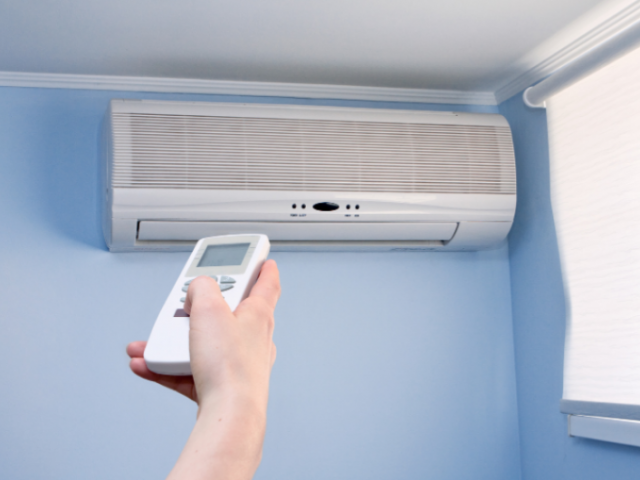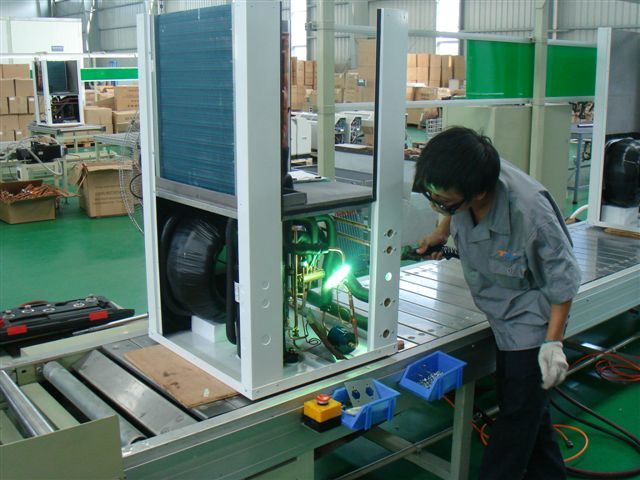Before you have actually opened the system
Beware
When releasing the cooling system, use only approved refrigerant healing reusing devices to ensure you make every effort to avoid discharging the cooling agent into the ambience.
RELEASING THE A/C SYSTEM
The EPA shows that R-11, R-12 and R-113 are extremely damaging to the Earth’s Ozone layer. Ensure you make every effort possible to prevent discharging R-11, R-12 or R-113 right into the environment.
- Remove service valve as well as mount assesses. For a high side scale pipe, an Adapter should be used to link to a high side service shutoff.
- Slightly open reduced side scale shutoff and also allow refrigerant to escape gradually without shedding refrigerant oil.
- When the system is nearly discharged, making use of approved refrigerant healing recycling tools, open high side scale shutoff to release any type of stress entrapped in the compressor. Close valves instantly after releasing to stop the entrance of dampness.
SEPARATING LINES & FITTINGS
- After the system is released, using accepted refrigerant recuperation reusing tools, meticulously tidy the entire area around combining nuts to stop dust from getting in the system. Always utilize 2 wrenches to stay clear of turning or misshaping lines and also fittings
- Cap or connect all LINES and installations quickly to stop the access of air and also dampness right into the system. Do not remove these caps until links are being made make certain you make every attempt to stay clear of discharging refrigerant right into the atmosphere.
COMPONENT SUBSTITUTE
When parts are replaced, the system oil level needs to be readjusted. Include refrigeration oil as substitute elements. See Compressor oil Examine write-up, as well as, Part Oil Substitute Quantities” chart under “A/C SYSTEM SPECIFICATIONS” article in this heating unit AND ALSO AIR CONDITIONING

SYSTEM PRECAUTIONS
Before you have opened the system
UNDERSTAND
When releasing air conditioning and heating system, usage just accepted refrigerant healing reusing tools see to it you make every effort to avoid discharging cooling agent into the environment.
RELEASING THE A/C SYSTEM
The EPA indicates that R-11, R-12 as well as R-113 are really harmful to the Earth’s Ozone layer. Make sure you make every effort possible to stay clear of discharging R-11, R-12 or R-113 right into the ambience.
- Remove solution valve and mount determines. For the high side gauge hose pipe, the Adapter has to be utilized to link to the high side service shutoff.
- Somewhat open low side gauge valve and allow cooling agent escape slowly without shedding refrigerant oil.
- When the system is nearly discharged, using accepted refrigerant recovery reusing devices, open a high side gauge valve to release any kind of pressure entrapped in the compressor. Close shutoffs instantly after discharging to avoid access to wetness.
SEPARATING LINES & FITTINGS
- After the system is released, using accepted cooling agent healing recycling equipment, very carefully clean the entire location around combining nuts to stop dirt from getting into the system. Constantly use two wrenches to avoid twisting or misshaping lines as well as installations
- Cap or connect all LINES as well as installations immediately to avoid the access of air and also dampness into the system. Do not eliminate these caps till connections are being made make sure you make every effort to prevent discharging the cooling agents right into the ambience.
COMPONENT SUBSTITUTE
When elements are changed, the system oil level should be changed. Include refrigeration oil to substitute elements. See the Mercedes oil Examine short article, along with, the Component Oil Substitute Quantities chart under the “A/C SYSTEM SPECS” short article in this area.
USING R-12 REFRIGERANT.
- Always put on eye security when around cooling systems
a/c systems and R-12. The system’s high pressure can create serious injury to the eyes and skin if a hose were to break. R-12 evaporates promptly when exposed to the atmosphere, freezing anything it gets in touch with. - Use treatment when handling cooling agent containers. DO NOT decrease or strike containers or subject cooling agent containers to extreme warmth. Containers need to never ever be heated greater than (52 ° C) 125 ° F. Never subject R-12 straight to open flame.
CAUTION: When R-12 is exposed to an open fire, drawn right into a running engine, or discovered with a Halide leakage tester, harmful phosgene gas is developed. Maintain work areas aerated.
PRIVATE R-12 CANISTERS
Non-reusable refrigerant cans have a level type seal or a screw type seal, and the correct can tap should be used for each kind. Make sure the sealing gasket on the can touch remains in good condition. Correct security can tap will protect against refrigerant from receding right into an open can, as the tap has a one-way circulation control.




